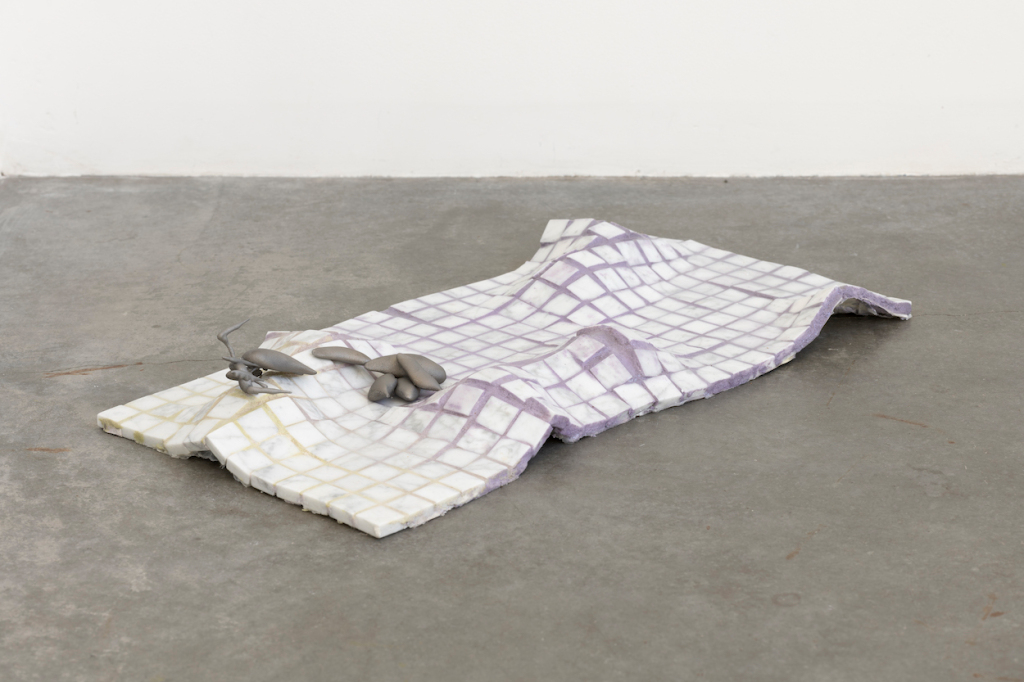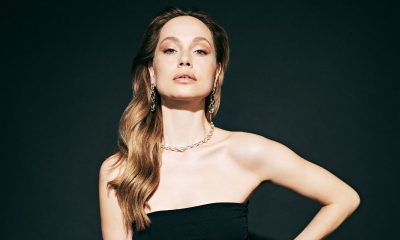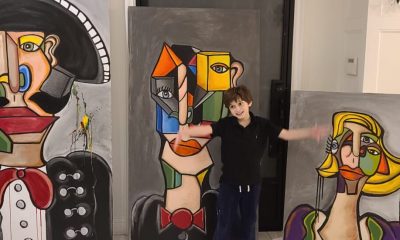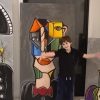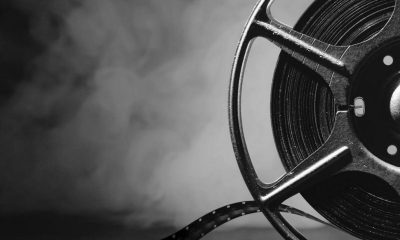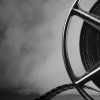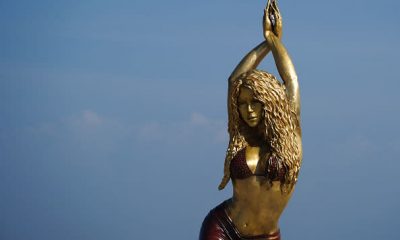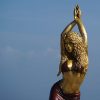ART WORLD NEWS
Programming Terms Reframe Object Relations for sidony o’neal – ARTnews.com
At first glance, a tight exhibition at Seattle’s Veronica seems to veer toward the risky edges of highly theorized shows. “AuguRing” features three new pieces by Portland-based artist sidony o’neal, whose process-based work responds to ideas at the intersection of philosophy and mathematics. Those fields’ specialized words (“algebraic topology,” for example, roughly the study of how shapes differ) punctuate turns of phrase in an exhibition text that might make readers sweat: “From here: landscape, time-consciousness, and inheritance are positioned not as symbols, but as post-digital relations that function with and beyond the onto-epistemic logic of some temporal objects.” In contemporary art, esoteric language can provide cover for artwork that is as dense as the writing or, perhaps more commonly, work that seems entirely unrelated to what the writing claims. The risk is that the writing over-theorizes the art.
Related Articles
In “AuguRing,” however, the connections between the writing and the work are unusually smooth. The artist’s writing draws on the language of programming to study the dynamics of relation, sequence, and consequence. For example, in programming, modifications to attributes such as the position, size, or shape of a “parent” object will affect the “child” object with which it is paired, and which inherits some of its properties. If organizational thinking has been preoccupied with using the parent to define the parameters for how objects interact in space, o’neal tries to build relations from the perspective of the child. “AuguRing” thus considers how objects created through inheritance might reveal other possible dimensions of relationality.
The show’s philosophical-mathematical premises are evident in the structure of le nid (2021), a floor-based sculpture involving an undulant, gridded plane of marble tiles, which could represent a topography. Pieces of a bird’s lung have been printed in titanium and assembled, nest-like (per the work’s French title), among the peaks and valleys. The nodules are derivatives of an original bird body, and their position is seemingly determined by the contours of the marble. Yet the nest has an uncanny materiality that suggests its component parts could be moving across the marble, which unsettles a determination of how (and when) each object shapes the other.
View of the exhibition “AuguRing,” 2021, showing bryophyte env (who’s in love with the sky forever), 2021, and closed walk in raised islet (detail), 2020, at Veronica.
Courtesy the artist and Fourteen30 Contemporary. Photo: Jueqian Fang
The heavy, sleek qualities of le nid are balanced by the sticky liquidity of closed walk in raised islet (2020), also placed on the floor, just steps away. There, a pool of glittery Thinking Putty in shifting purple and blue hues seems to have melted atop the rectangular landing of an aluminum ramp, its four sides composed of three inclined planes and one comparatively harsh step. We might expect the material that seems organic or natural in the work to move—for the putty to flow down the ramp’s slanted sides. But its stillness forestalls an account of sequential, consequential interactions; one could imagine the objects bound in a cycle of potential interactions.
In a show where two of the three works are sculptural, the surprising standout is the transfer drawing, bryophyte env (who’s in love with the sky forever), 2021. The process of its construction exemplifies o’neal’s interest in sequencing: layer materials (paper, industrial paint, stencils of the titular moss organelles) and apply pressure to create marks that reveal an object’s dimensions. One action begets another, one object produces (or constrains) another. The resulting clusters of blue and black marks, as well as some that glow neon green in the dark, exhibit different combinations of proximity and porosity, color, density, and texture. The highly expressive lines invite the viewer to parse the temporal logic of the piece’s construction even as its tangled marks and potential to glow suggest continual change. Thus brophyte env is perhaps the most literal articulation of o’neal’s interests in how, exactly, objects might relate to and press upon one another.
“AuguRing” is a series of experiments in reorienting categorical thinking. According to algebraic topologist Safia Chettih, whose text “Meshwork” was commissioned for the show, categorical thinking requires a shift in perspective “from objects to maps between objects.” Indeed, o’neal moves away from determining the logic of shapes and toward mapping the forms and spaces that objects’ interactions make possible. For o’neal, such study is, as bryophyte env illuminates, inextricable from physical play with the materiality of relations.
